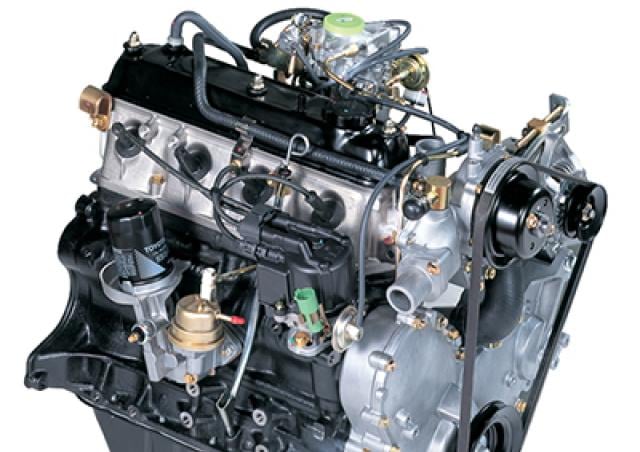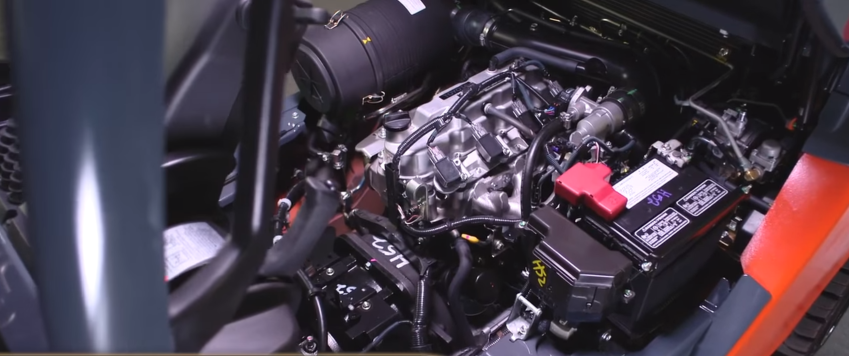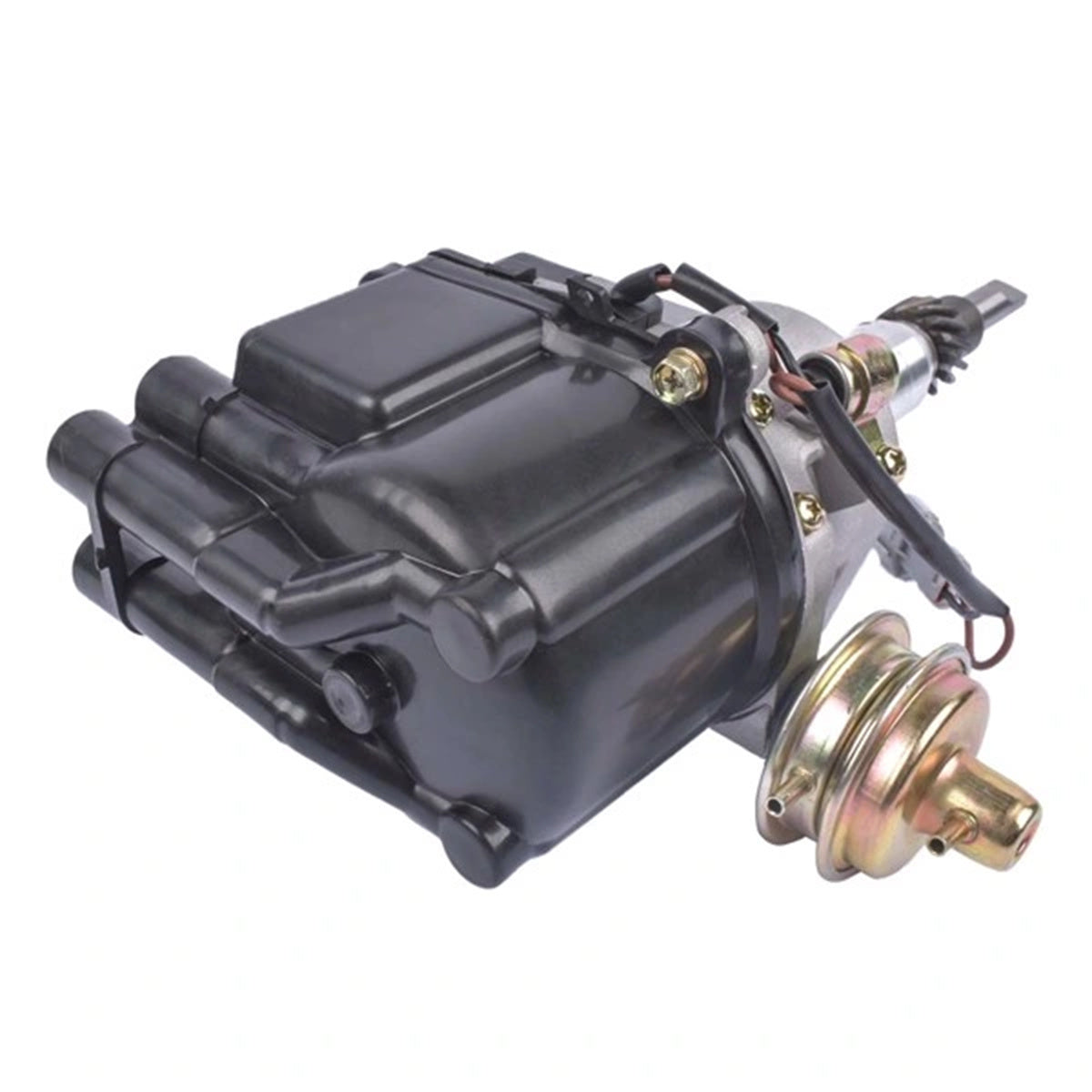Why the Engine Is the very best Choice for Efficiency and Effectiveness in Your Vehicle
The engine stays a pivotal part in automotive layout, mainly as a result of its significant influence on both performance and performance. As developments in modern technology allow smaller sized engines to deliver exceptional power while optimizing gas economic climate, the integration of functions such as turbocharging and crossbreed systems becomes progressively essential. These developments not just boost driving experience but also address ecological issues. The question occurs: just how do these components integrate to redefine our understanding of automotive efficiency? Exploring this balance exposes much deeper understandings right into the future of engine design.
Recognizing Engine Kind
Recognizing the different sorts of engines is vital for maximizing efficiency and effectiveness in vehicle layout. The main engine types include internal burning engines (ICE), electrical engines, and crossbreed systems, each offering unique advantages and constraints.
Inner burning engines, which can be additional categorized into gasoline and diesel versions, count on the burning of fuel to create power. Gasoline engines normally supply higher RPMs and better velocity, while diesel motor are understood for their torque and fuel efficiency, making them perfect for heavy-duty applications.
Electric engines, on the various other hand, use electric motors powered by batteries or gas cells. They use instant torque delivery, causing smooth acceleration and lower exhausts. The effectiveness of electric engines is dramatically more than that of ICEs, making them a popular selection for eco-conscious consumers.
Crossbreed systems integrate both internal burning and electric engines, leveraging the toughness of both innovations. They maximize fuel intake by utilizing electrical power at lower rates and changing to fuel or diesel for higher speeds or larger tons.
Selecting the right engine kind is important for attaining preferred efficiency metrics and environmental sustainability in contemporary automotive design.
The Impact of Engine Dimension
Engine dimension frequently plays a critical function in figuring out an auto's efficiency and performance. Normally gauged in liters or cubic centimeters, engine size directly affects the power outcome and torque characteristics of a car.
Nevertheless, boosted engine dimension usually associates with diminished gas efficiency. Larger engines consume even more gas, leading to higher emissions and operational expenses. Consequently, makers have to stabilize the need for power with the requirement for gas economic climate. Smaller engines can provide sufficient performance for daily driving while advertising far better performance, making them a preferred selection in portable and mid-size automobiles.
Additionally, advancements in engine layout, such as turbocharging and direct gas injection, allow smaller sized engines to achieve power degrees equivalent to their larger equivalents. This pattern emphasizes the importance of not exclusively focusing on engine dimension but also considering general vehicle layout and technology (4y engine). Inevitably, the impact of engine dimension on efficiency and performance emphasizes the requirement for customers to assess their specific driving needs and choices when selecting a vehicle
Advanced Engine Technologies
Technologies in engine innovations have actually considerably improved the landscape of automobile efficiency and performance, structure upon the foundational concepts established by engine dimension. Notably, innovations such as turbocharging and direct fuel injection have allowed smaller sized engines to supply power degrees previously associated with bigger counterparts. Turbochargers compress air going into the engine, enabling raised power result without a matching boost in engine size, while direct injection enhances fuel shipment, improving burning effectiveness.
In addition, variable shutoff timing systems have actually arised as a critical technology, enabling engines to readjust shutoff procedure based upon driving conditions. This versatility improves both performance during velocity and gas efficiency throughout cruising. Crossbreed and electric engine innovations further show the shift in vehicle layout, incorporating typical interior combustion engines with electric motors to optimize effectiveness while minimizing discharges.
Furthermore, advancements in products science have led to lighter, extra sturdy engine elements, even more enhancing efficiency and longevity. The assimilation of innovative electronic devices and engine control units also permits for real-time modifications, ensuring optimum performance throughout various problems. Jointly, these advanced engine modern technologies not only boost automobile performance yet also add to a much more sustainable automotive future, showing the ongoing development of engine style.
Balancing Power and Performance
Striking a balance in between power and performance is vital in modern auto design as suppliers seek to satisfy increasingly rigid emissions guidelines while satisfying consumer demand for performance (4y engine). The challenge hinges on maximizing engine qualities to supply robust power outcome without giving up fuel economic situation
To achieve this balance, designers use various methods, such as turbocharging, which boosts engine power forcibly in even more air, permitting for a smaller engine displacement that improves fuel efficiency. Variable valve timing modern technologies also from this source play a considerable duty, enabling engines to change their efficiency features based on driving problems, therefore improving both power and effectiveness.
Furthermore, advancements in materials and making techniques have resulted in lighter engine elements, which minimize total lorry weight and boost gas efficiency without endangering power. Crossbreed technologies have also become a practical service, integrating conventional interior burning engines with electric powertrains to provide an increase in efficiency while keeping reduced exhausts.

Future Patterns in Engine Design

In addition, the growth of advanced products, such as light-weight composites and high-strength alloys, is readied to revolutionize engine elements. These products not only reduce weight but likewise improve thermal efficiency, thereby enhancing efficiency. Additionally, makers are exploring variable compression ratios, permitting engines to adapt to different driving conditions, boosting both power output and gas economic situation.
Even more, the increase of artificial intelligence and artificial intelligence in engine design is allowing anticipating upkeep and real-time efficiency optimization. This innovation can result in engines that self-adjust for maximum effectiveness based on driving patterns.

Verdict
In final thought, the engine offers as an essential component in attaining ideal efficiency and effectiveness in modern cars. The interplay in between engine dimension and layout proceeds to develop, driving technologies that stabilize exhilarating performance with ecological sustainability.
In addition, developments in engine layout, such as turbocharging and direct gas injection, enable smaller sized engines to attain power degrees similar to their bigger counterparts.Technologies in engine technologies have actually significantly improved the landscape of auto performance and efficiency, structure upon the fundamental principles established by engine size. Turbochargers press you can try here air getting in the engine, permitting for boosted power outcome without a matching rise in engine size, while straight injection maximizes fuel delivery, improving combustion effectiveness.
Hybrid and electrical engine innovations further illustrate the shift in vehicle design, integrating traditional interior burning engines with electric motors to optimize efficiency while lowering emissions.
Collectively, these sophisticated engine technologies not only improve automobile efficiency but additionally add to a more lasting auto future, demonstrating the continuous advancement of engine design. (4y engine)
Comments on “Key Features That Make the 4Y Engine a Reliable Option for Drivers”